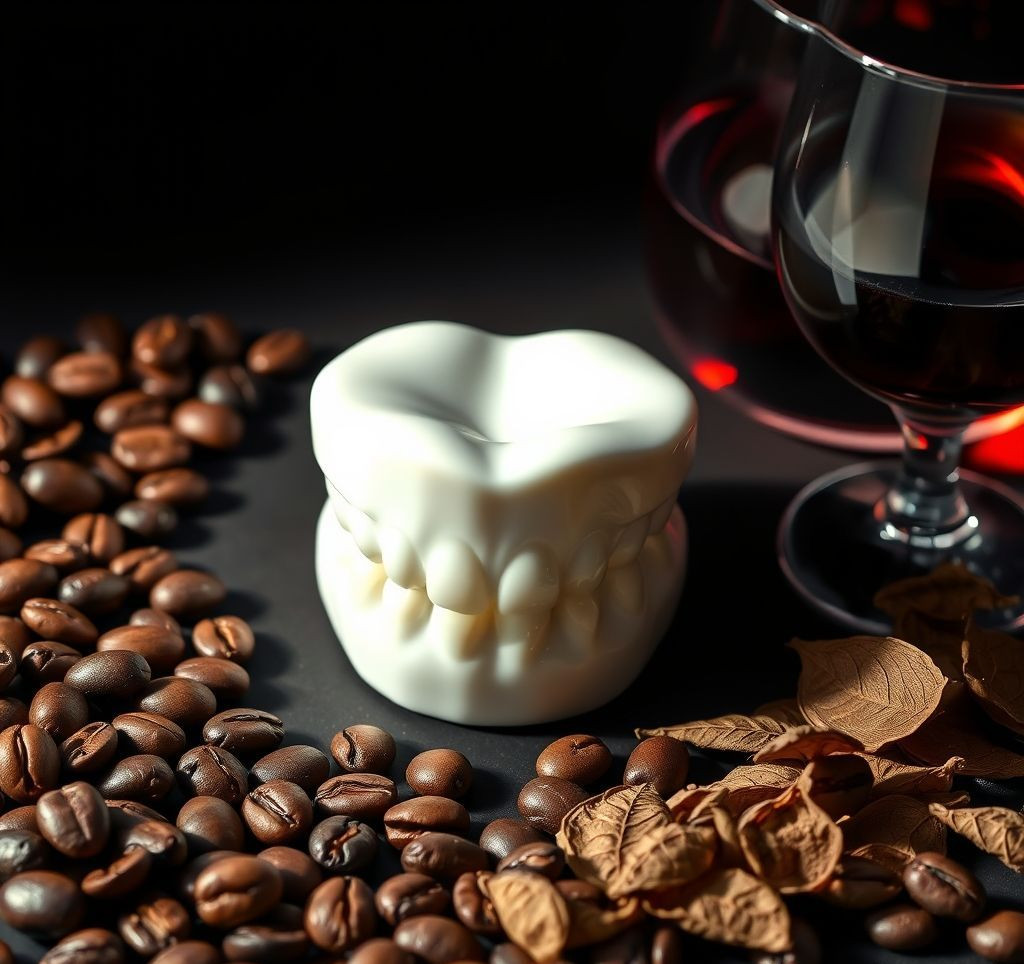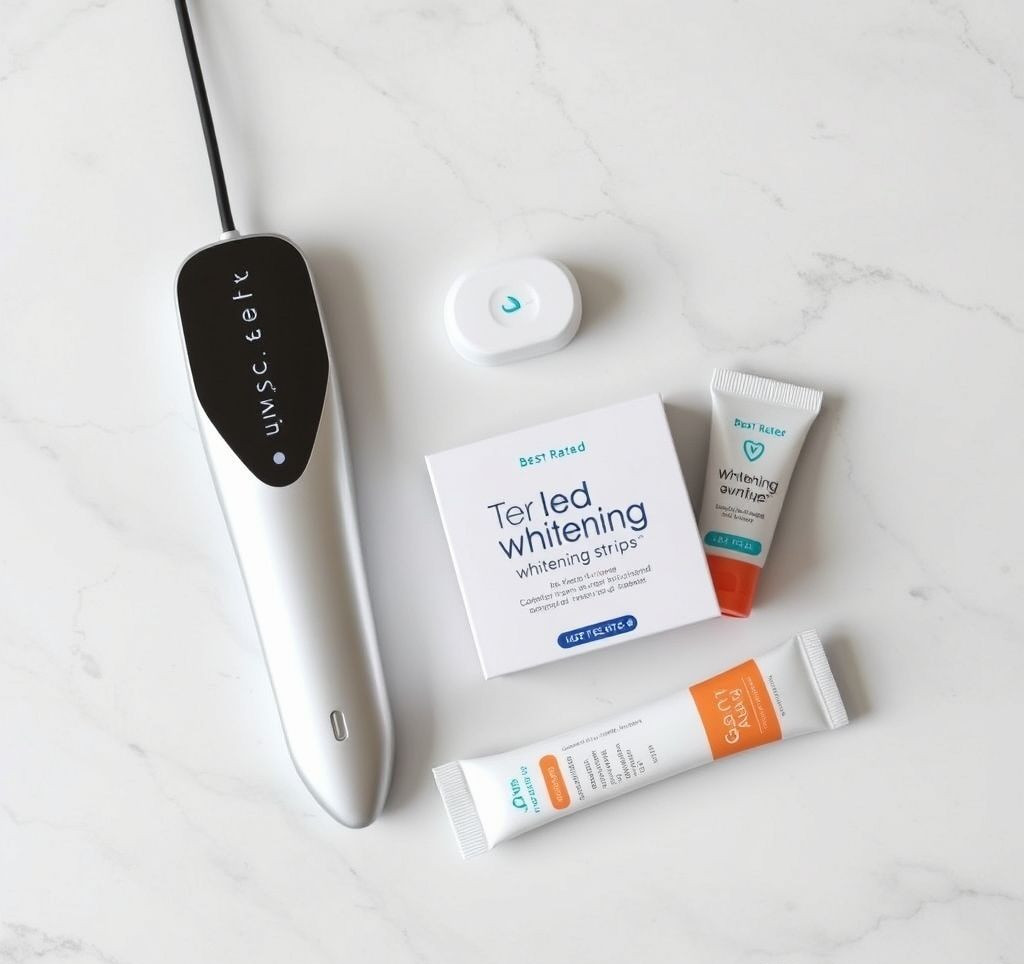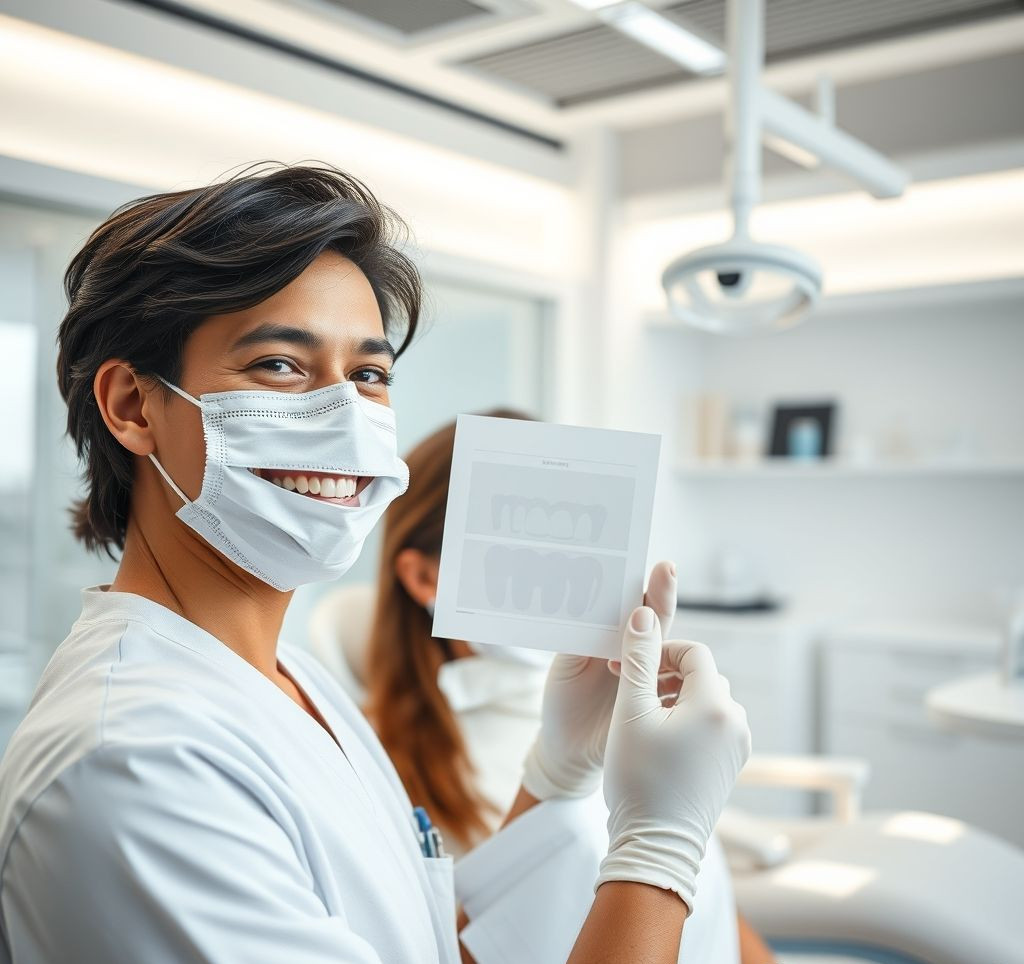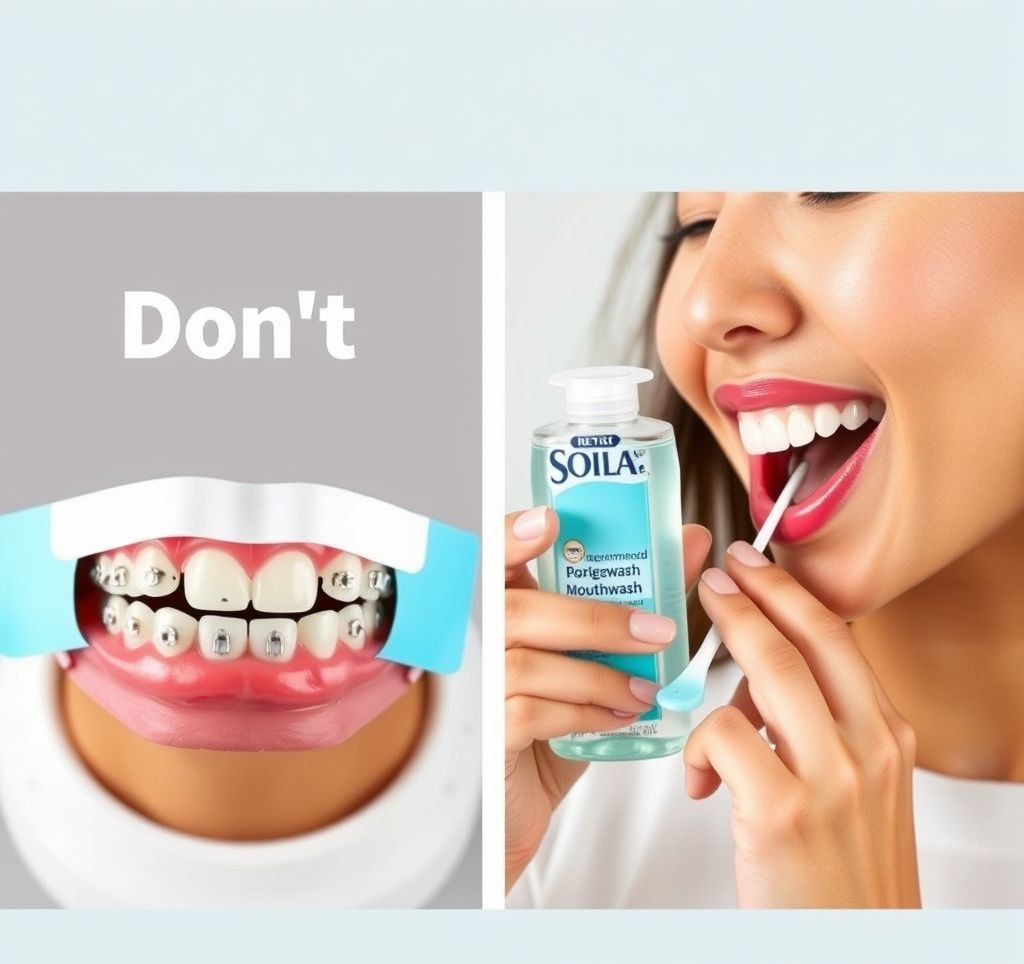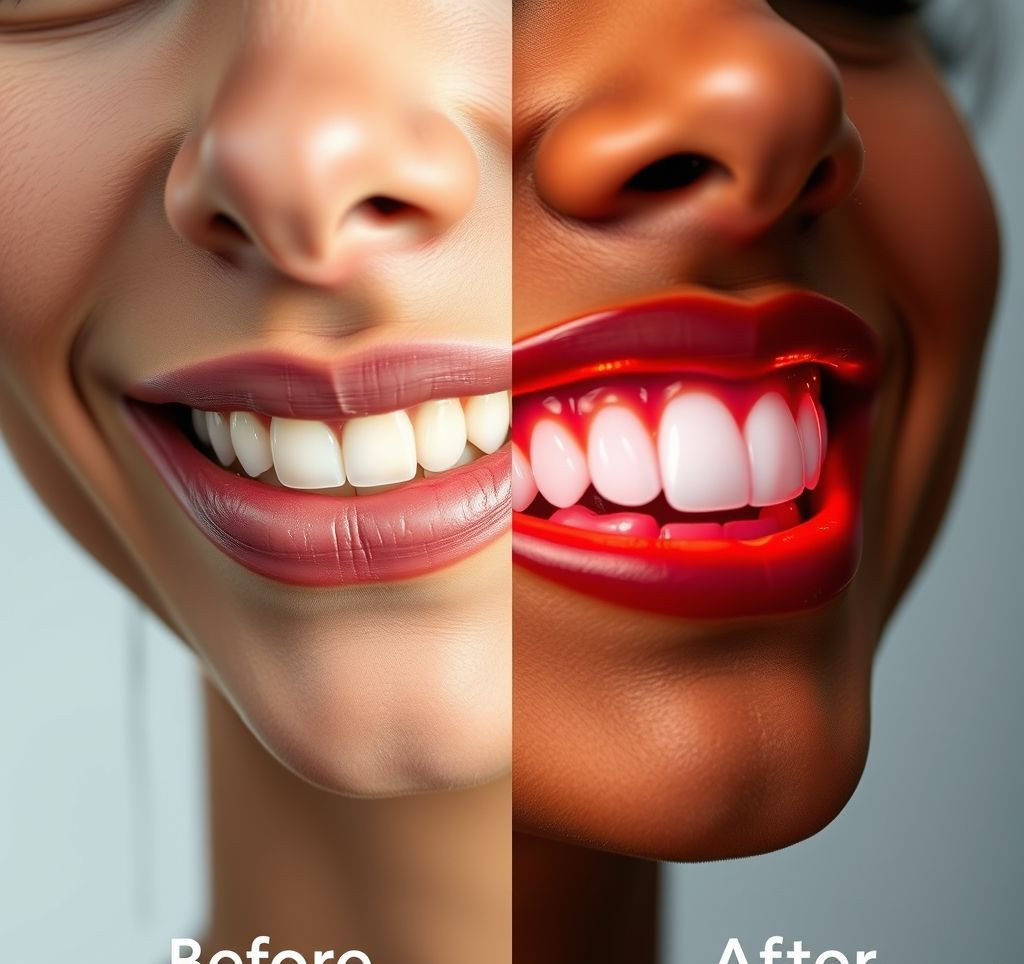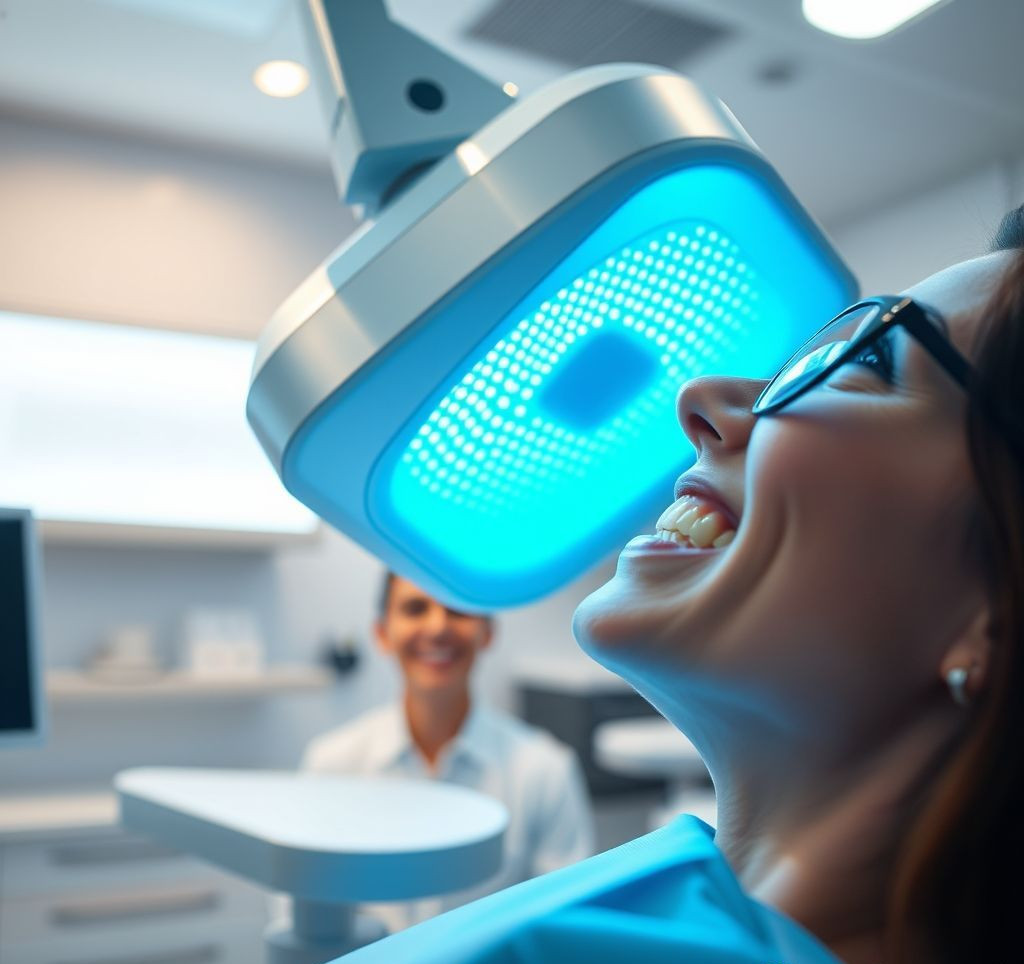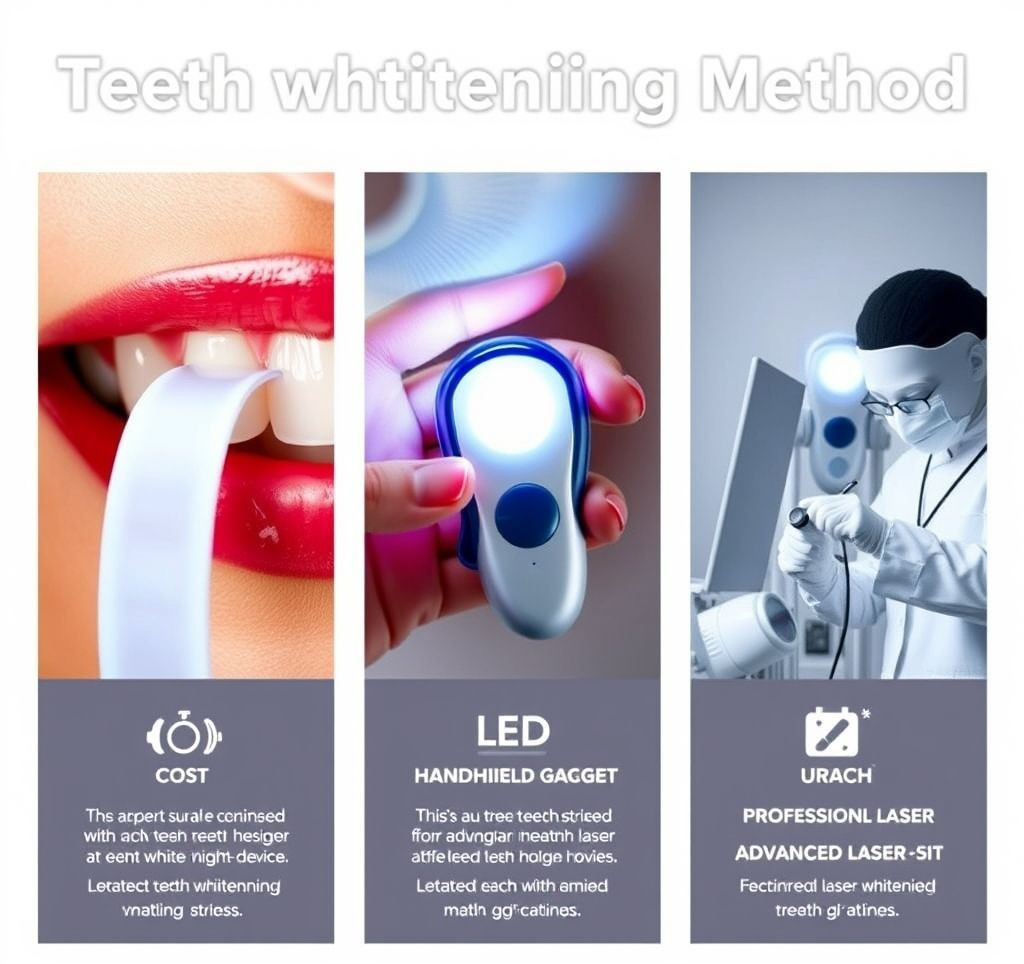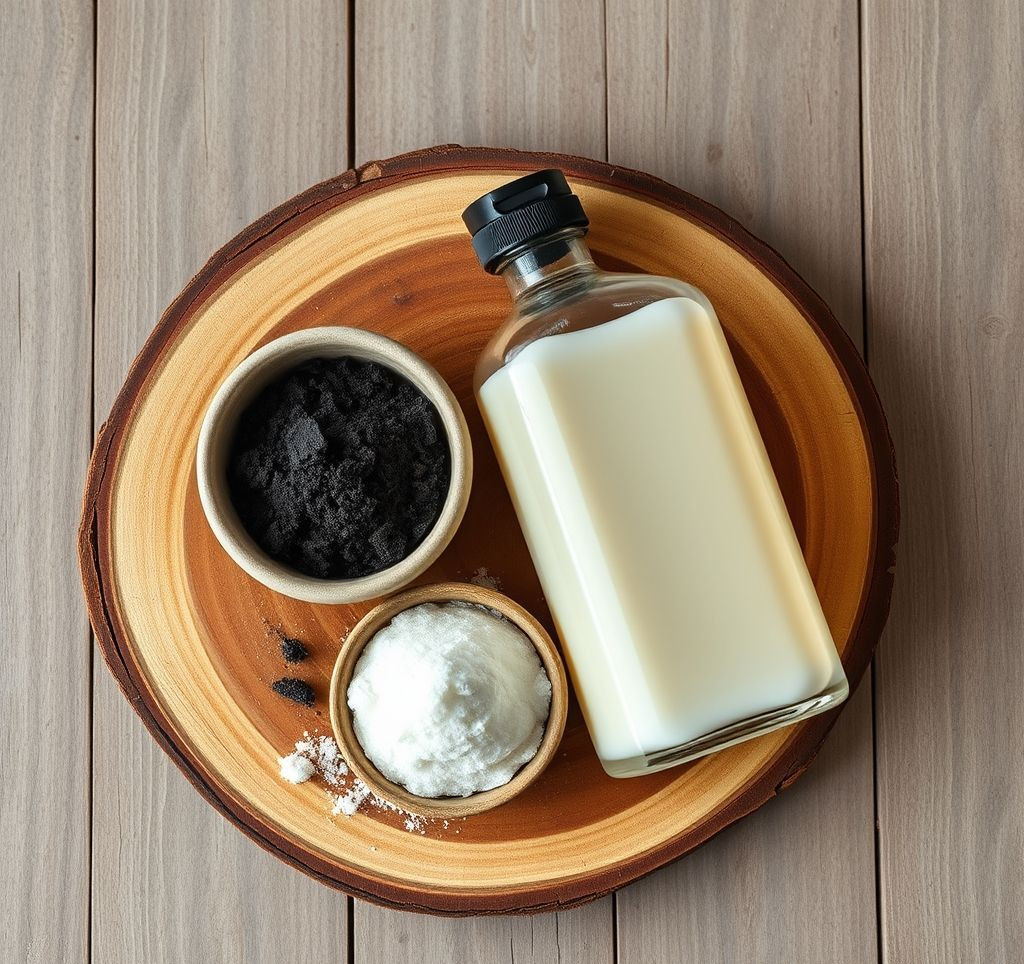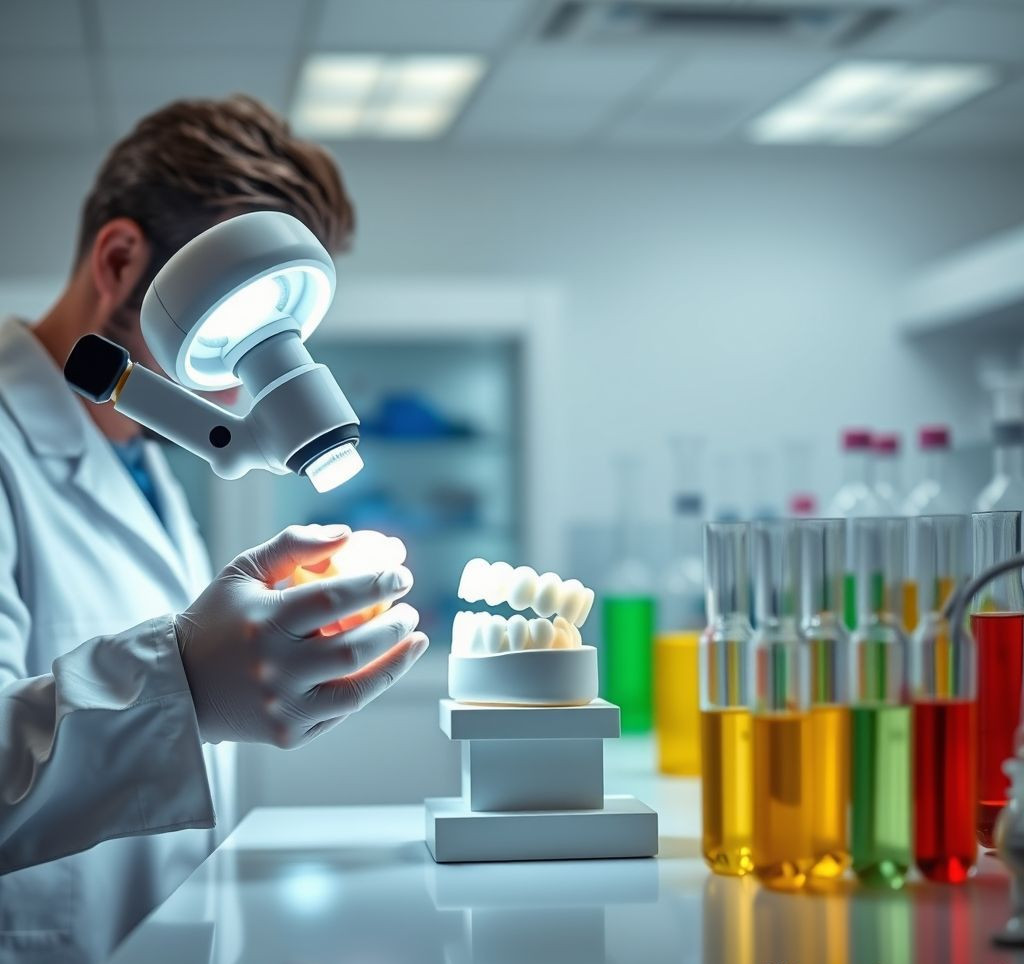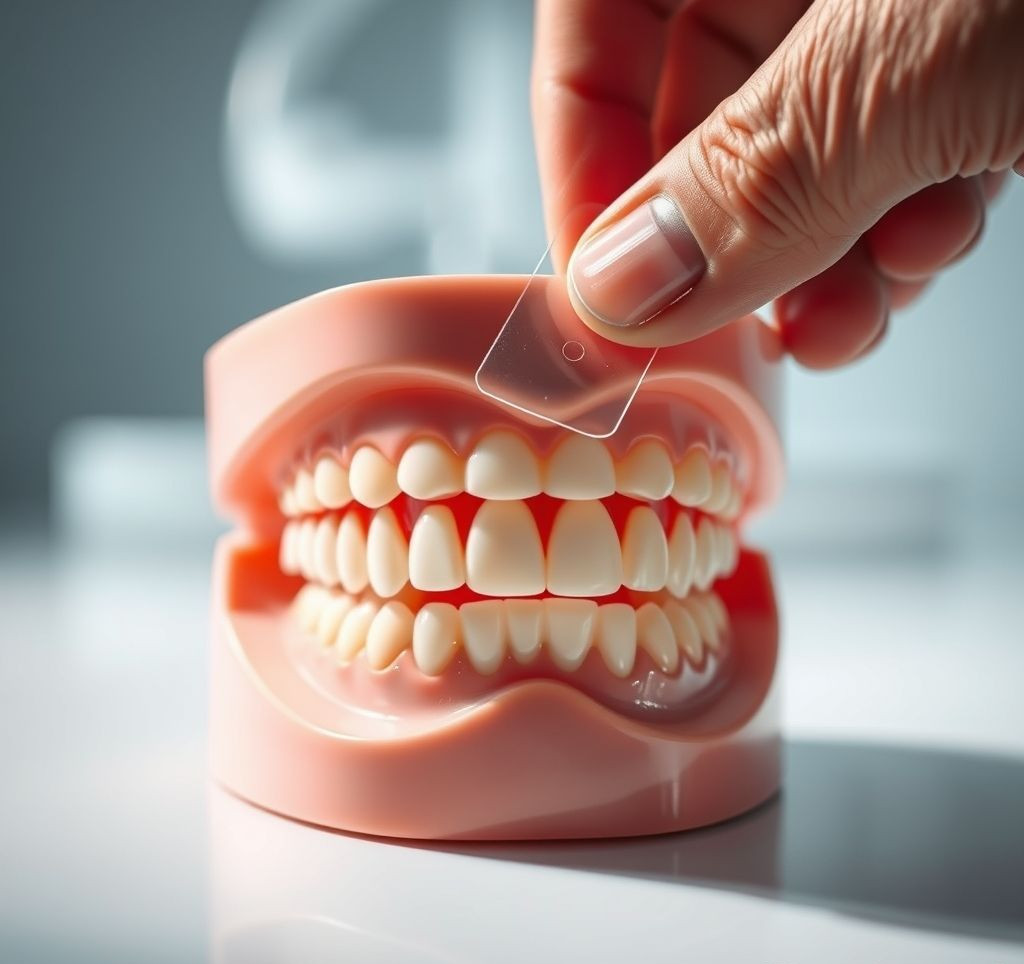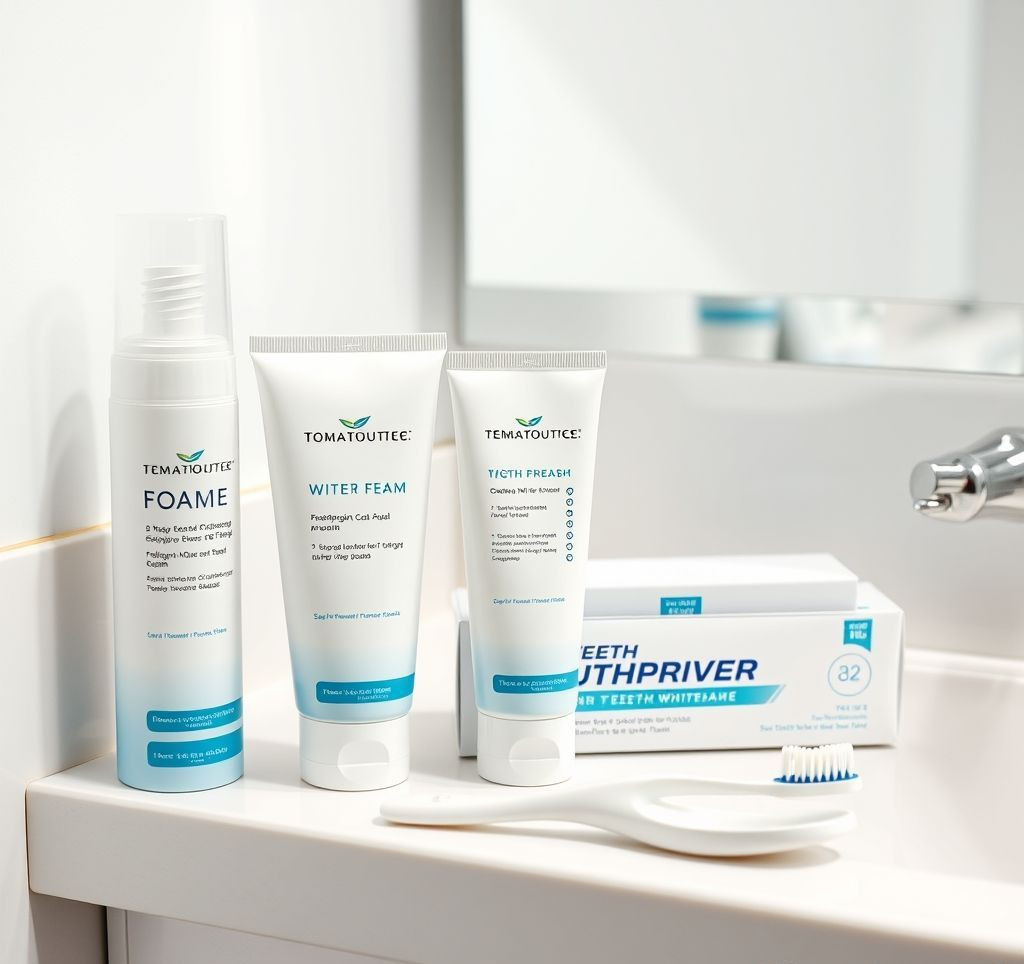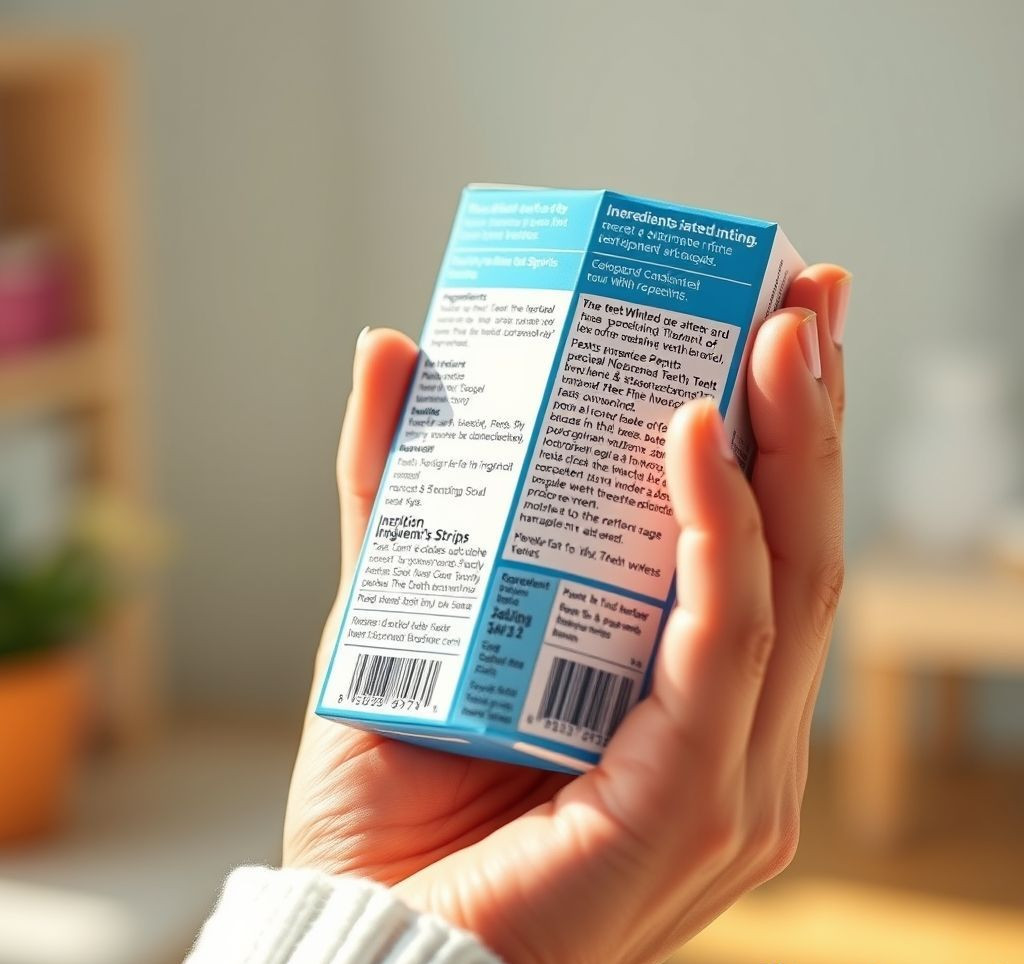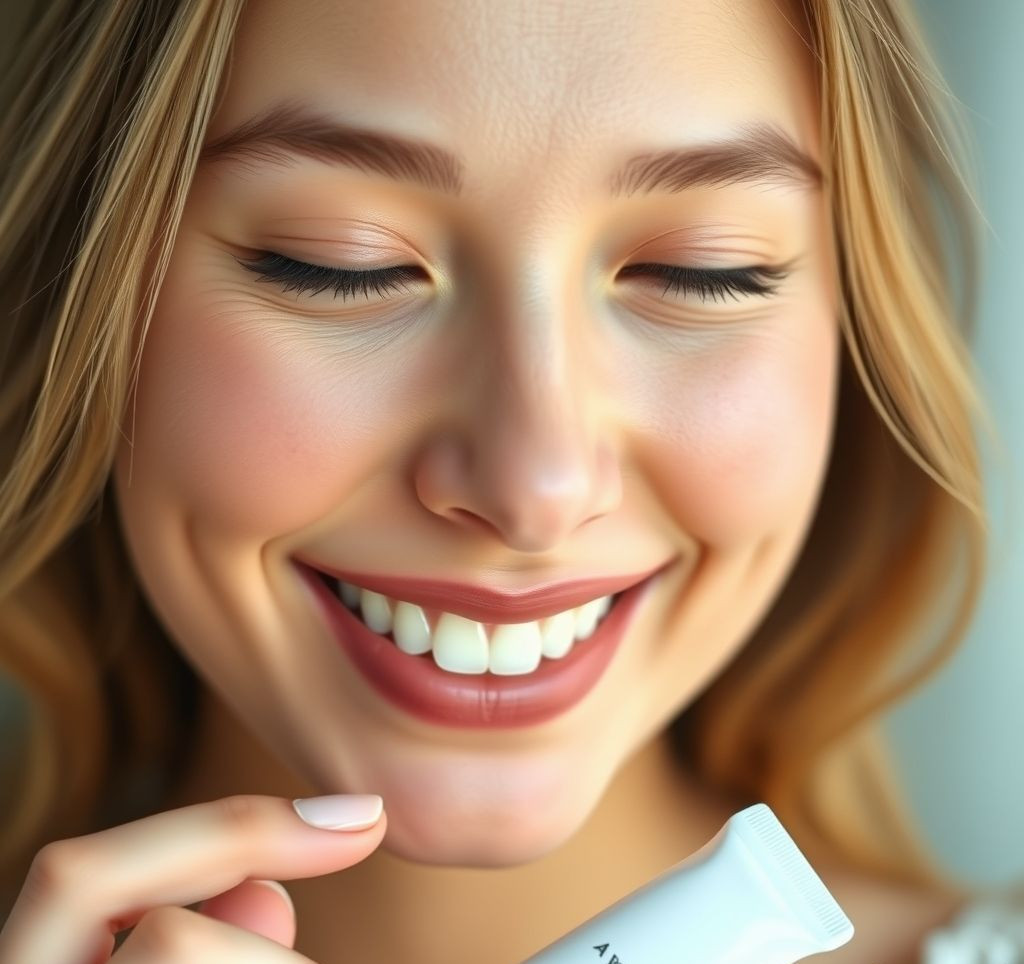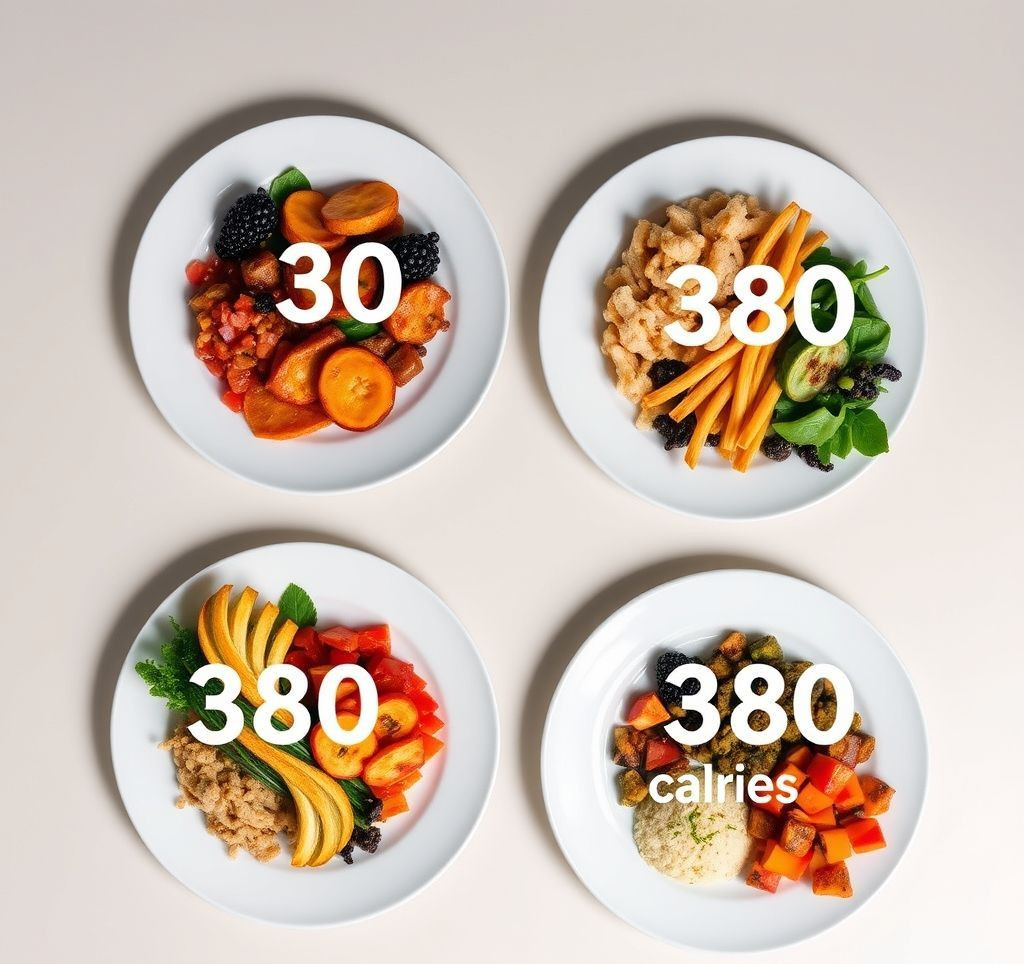Are you tired of seeing stubborn stains dull your smile? Coffee, wine, age, and certain foods can all contribute to discoloration. Fortunately, effective teeth whitening solutions exist to combat these challenges and restore your pearly whites. This guide will help you identify the cause of your stains and choose the best approach for a brighter, more confident smile.
Why Choosing the Right Teeth Whitening Solutions Matters
Selecting the appropriate teeth whitening solutions is crucial for several reasons:
- Effectiveness: Different stains respond differently to various treatments. What works for coffee stains might not be as effective on stains caused by aging.
- Safety: Using the wrong products or methods can damage your enamel or irritate your gums.
- Cost-Effectiveness: Choosing the right solution from the start saves you time and money by avoiding ineffective treatments.
- Long-Term Results: Tailoring your whitening approach to the specific type of stain can lead to longer-lasting results.
Understanding Different Types of Teeth Stains
Before exploring teeth whitening solutions, it’s important to understand the types of stains you might be dealing with:
- Extrinsic Stains: These occur on the surface of the teeth and are often caused by foods, drinks (coffee, tea, wine), and smoking.
- Intrinsic Stains: These are deeper stains within the tooth structure, often caused by medications (like tetracycline), dental trauma, or excessive fluoride exposure during tooth development. Aging also contributes to intrinsic staining.
- Age-Related Stains: These are a combination of both extrinsic and intrinsic factors. Over time, enamel thins, revealing the yellowish dentin underneath. Accumulated surface stains also contribute. Fun fact: According to the American Academy of Cosmetic Dentistry, teeth naturally darken with age, with the dentin becoming more chromogenic.
Navigating Teeth Whitening Solutions: A Stain-Specific Guide
Here’s a breakdown of teeth whitening solutions tailored to different types of stains:
- For Coffee & Tea Stains:
These surface stains often respond well to over-the-counter whitening toothpastes containing mild abrasives or hydrogen peroxide. Look for whitening strips specifically designed for daily use
as another convenient option. Regular dental cleanings are also effective in removing these types of stains. - For Wine Stains:
Red wine stains are notoriously difficult to remove. Consider using a whitening toothpaste regularly, and perhaps alternate with a stronger whitening gel (following package instructions carefully). Professional teeth whitening at a dentist’s office may be necessary for significant wine staining.
- For Aging & Yellow Teeth:
As we age, the enamel thins, revealing more of the underlying dentin, which is naturally yellow. While over-the-counter products can help, professional teeth whitening treatments, such as laser whitening or custom-fitted whitening trays from your dentist, are generally more effective for tackling this type of stain. Your dentist can assess your individual needs and recommend the best approach.
- For Intrinsic Stains:
These stains are the most challenging to remove. Over-the-counter options are unlikely to make a significant difference. Consult with your dentist to discuss professional whitening options, which may include in-office bleaching or veneers in more severe cases.
Expert Tips for Maintaining a Brighter Smile
Here are some additional tips and best practices to enhance and maintain your teeth whitening results:
- Practice Good Oral Hygiene: Brush twice daily and floss once daily to remove plaque and surface stains.
- Limit Stain-Causing Foods and Drinks: Reduce your consumption of coffee, tea, red wine, and dark-colored sodas.
- Use a Straw: When consuming stain-causing beverages, use a straw to minimize contact with your teeth.
- Rinse Your Mouth: After consuming stain-causing foods or drinks, rinse your mouth with water to help remove residue.
- Consider Touch-Up Treatments: Use whitening toothpastes or strips periodically to maintain your teeth’s brightness.
- Consult Your Dentist: Schedule regular dental checkups and cleanings to remove plaque and tartar buildup and discuss professional teeth whitening options. “The best way to achieve a whiter smile is to consult with your dentist,” says the American Dental Association. “They can assess your oral health and recommend the safest and most effective whitening options.”
